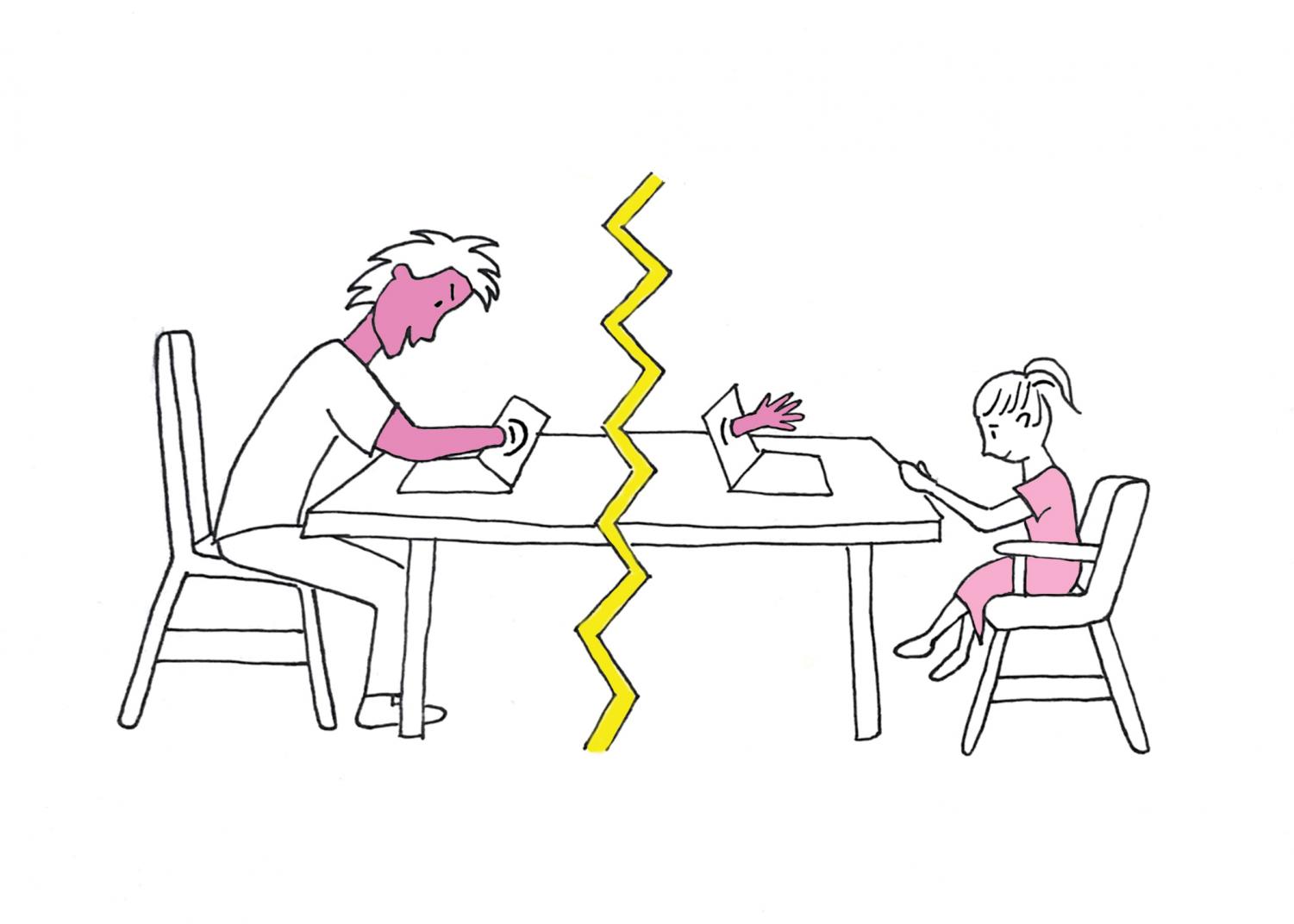Promoting or preventing pedophilia? A look into child sex dolls in the US
October 31, 2020
Warning: the information in this article includes explicit descriptions of the sexual abuse of children.
On Aug. 12, a mother — known only by her first name, Terri, for privacy reasons — was Facebook-messaged an advertisement for a sex doll. The doll strikingly resembled a photo of her eight-year-old daughter that was posted on the woman’s personal Facebook account, matching the photo down to its socks, shirt, pose and hair style. This specific doll had been listed as a product on Amazon since Nov. 2019 and has since been removed, but it remains for sale on several other sites. The reviews on the websites left below the product indicated it had been purchased several times. There was no doubt in Terri’s mind that the creator had stolen her daughter’s image, according to the Child Rescue Coalition, the organization helping Terri; the question that remained for the mother was how the sale of childlike sex dolls was legal.
In every state but Tennessee, Kentucky and Florida, the sale of childlike sex dolls, or dolls that enable users to simulate sexual acts with a child, is legal. In the 47 remaining states, parents, babysitters and teachers can go home and use childlike sex dolls without ramification. Hypothetically, anyone can legally spend their days with children while enjoying sexual activities with a doll doppelgänger of them at home.
The National Center for Missing and Exploited Children reports that at least 100,000 American children (ages 0-18) are sexually exploited each year. To put this in perspective, more American children are sexually exploited annually than the total number of people that are killed from car accidents and illegal drugs combined in the U.S.
According to a study done by the University of New Hampshire, an estimated 823 children are sexually abused specifically in U.S. daycare centers annually. 35 percent of these cases are committed by the child care workers operating such facilities. In older age groups, according to a survey done by the American Association of University Women, 38 percent of students in grades eight through 11 have been harassed by school employees. In 90 percent of all child cases, the child victims know their abuser in some way, states the U.S. Department of Justice.

According to Glen Pounder, chief operating officer of The Child Rescue Coalition, more often than not, an owner of a childlike sex doll is also in possession of child sexual abuse material (formerly known as child pornography). They also are likely to actively abuse children.
“They want a reaction from a real child. I know from law enforcement colleagues of cases where a suspect was bringing in a child who didn’t live with them. They [had] pictures of [the child] in his house, and they had a child sex doll. [They] would put pictures of the real child next to the child sex doll, and when they couldn’t rape the real child, they were doing the same with the child sex doll and, honestly, looking forward to the next time they could bring the child,” Pounder said. “Because I know of cases [like these], I don’t have any doubt there is a correlation between [ownership of] child sex dolls and the risk to a real child being raped.”
Predators entice children through grooming methods, or the establishment of relationships with victims to create trust, which often entails desensitizing the child to sexual situations.
“Some pedophiles will groom a child by showing the child sexual abuse material; it’s the same with these dolls. They can use the dolls and say, ‘Hey, look, this is fine,’ and try to normalize that activity for the child by using the doll in the child’s presence,” Pounder said.
However, Jeremy Malcolm, executive director of Prostasia Foundation, a sexual abuse protection agency for children combatting ineffective juvenile protection movements, holds that further research is needed. He wants to be able to determine the specific uses of these dolls and any potential benefits they have before banning them, and sees that these dolls could potentially help certain groups of people, such as children with special needs, as they age into their teen years.
“Some kids [with special needs] start to have certain feelings, and because they don’t have the control, they [sometimes] just start touching people. They’ll just touch someone’s [breast] and can be committing abuse without any intention because of their special needs,” Malcolm said. “So these sex dolls, which are age-appropriate for those teenagers, could be a way of stopping them from acting out against peers or even teachers.”
Malcolm also finds a correlation between the use of these dolls and reduced pedophilia.
“What [the dolls] may do, in fact, is stop [pedophiles] from being so likely to abuse real children because they have an outlet: they have something that they can use as a way of allowing them to act out their feelings with a lifeless inanimate object, which is a way of saving children from abuse. [Whether this works] is not certain yet because there needs to be more research into it,” Malcolm said.
Melanie Blow, the chief operations officer of The Stop Abuse Campaign, a group composed of advocates and educators aiming to both protect children from adverse experiences and to create solutions to prevent them, enforces that the use of childlike sex dolls by pedophiles is not such a proper outlet.
“[Pedophilia] is not exactly a normal sexual attraction,” Blow said. “Not only is it unhealthy, but [pedophiles] tend to have trouble controlling it. It is really bad to reinforce that attraction. Sex offenders are not treated clinically by giving them a handful of child [sexual abuse material]; that’s not how it’s done because that’s not the right way to do it.”
The release of Terri’s story in early September caused an uproar on social media, pressing for these dolls’ manufacture and sale to be made illegal federally. However, Pounder thinks addressing this issue will take some time, as legislation often trails behind the creation of new technology.

“The level of depravity and the level of discomfort is just going to get worse because there will be more and more life-like voices — somebody’s voice could be used as well as photos. In the circumstance of Terri [and her daughter], her photo was taken, [and] most people’s images are out there on the internet these days,” Pounder said.
The sexual abuse and manipulation of minors is not limited to small children; increasingly accessible social media platforms used by teenagers can serve as a new frontier for both sex doll manufacturers and predators themselves. Two-thirds of all sexual assault victims under 18 range from 12 to 17 years old, according to Rape, Abuse and Incest National Network (RAINN), the nation’s largest anti-sexual violence organization. Teenagers can be easily susceptible to grooming due to new independence and responsibilities, lack of experience and such accessible social media.
According to the Australian Institute of Criminology, social media outlets serve as a way for pedophiles to contact adolescents. This relatively new form of grooming can be used to receive sexually explicit images and often ultimately convinces children or teenagers to meet predators in person. Often, the minor believes the person they are talking to is around their age, but in reality, they are grown adults.
With 72 percent of the U.S. population on some form of social media, according to Pew Research, the majority of the country has their information and photographs on the internet; when looking specifically at teenagers (ages 13-17), 95 percent report that they possess or have access to a smartphone. Many children are on social media and have cell phones, and any information put on the internet can be taken.
As Terri wrote on the Child Rescue Coalition website, “There should be a zero-tolerance approach to child abuse material which includes sex dolls that look like real children. The United States should not support pedophiles that wish to sexually abuse our children. We need to act NOW.”






















